In the golden savannas of southern Africa, an unusual pink hue now mingles with the dust clouds raised by charging rhinos. Conservationists have begun injecting bright pink dye into the horns of living rhinos as part of an audacious anti-poaching strategy that turns these coveted trophies into worthless commodities. This radical approach represents a desperate bid to outsmart increasingly sophisticated poaching networks that have driven rhino populations to the brink.
The pink dye technique, developed through years of veterinary research, involves drilling small holes into the keratin structure of sedated rhinos' horns and injecting a combination of indelible dye and ectoparasiticides. While the vivid coloration serves as an immediate visual deterrent, the real innovation lies in the chemical cocktail's ability to render horns toxic for human consumption. This dual-action defense attacks both the economic value and utility of poached horns, which remain highly sought after in traditional medicine markets despite being chemically identical to human fingernails.
Field testing in South Africa's North West province has yielded promising results, with treated rhino populations experiencing zero poaching incidents compared to control groups. The dye permeates the entire horn structure, remaining detectable even when ground into powder. More crucially, the incorporated parasiticides cause severe nausea, vomiting, and diarrhea when ingested - effects deliberately publicized in consumer markets through targeted awareness campaigns. Conservation groups work with local communities to spread word of the "pink poison horns," leveraging cultural networks that often overlap with smuggling routes.
Traditional anti-poaching measures have focused on perimeter defense - electrified fences, armed patrols, and motion-sensing cameras. Yet these approaches create an escalating arms race against poachers. The pink horn strategy flips this paradigm by making the loot itself undesirable, potentially disrupting the entire supply chain from African bush to Asian apothecary shops. Early adopters report an unexpected benefit: the distinctive pink horns make treated animals easier to identify during aerial surveys, improving population monitoring accuracy.
Implementation challenges remain substantial. Each treatment requires carefully coordinated operations involving veterinarians, game scouts, and helicopter teams - a process costing approximately $600 per rhino. Some conservation biologists express concerns about potential long-term effects on rhino social behavior, though preliminary observations suggest the pink coloration doesn't impact mating or herd dynamics. More troubling are reports of poachers testing new chemical stripping methods to remove the dye, prompting researchers to develop ever more persistent formulations.
This unorthodox approach has ignited debate within the conservation community. Critics argue it constitutes unnecessary animal interference and may inadvertently increase poaching pressure on untreated populations. Proponents counter that desperate times demand innovative solutions, pointing to the 9,000 rhinos lost to poaching in the past decade. The pink dye campaign represents a fundamental shift from protecting animals to devaluing their body parts - a pragmatic acknowledgment that as long as rhino horns command astronomical black market prices, poachers will find ways through traditional defenses.
As the pink rhino initiative expands across private reserves and national parks, its architects hope to create a critical mass of treated animals that disrupts the very concept of rhino horn as a luxury commodity. The strategy's success may ultimately depend less on chemical formulations than on its ability to alter consumer perceptions half a world away. In this unconventional war against extinction, conservationists are betting that making rhino horns visibly toxic and aesthetically unappealing could accomplish what armed guards and legislation have failed to achieve - removing the incentive to kill in the first place.

By /Jul 16, 2025
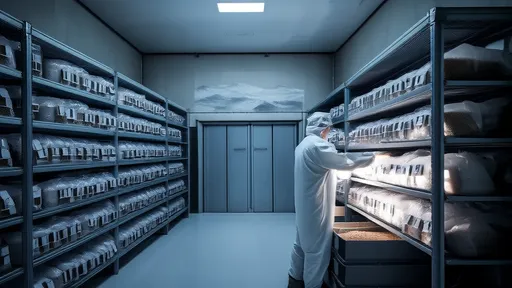
By /Jul 16, 2025
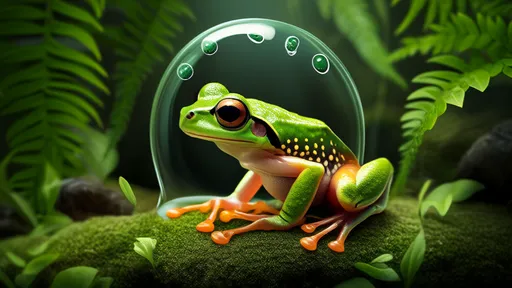
By /Jul 16, 2025

By /Jul 16, 2025
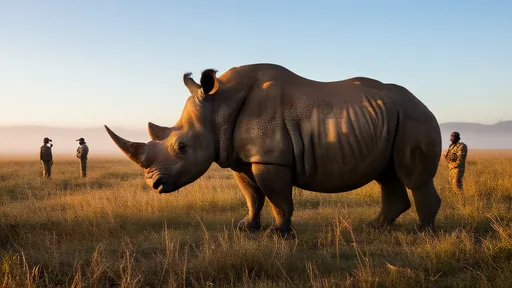
By /Jul 16, 2025

By /Jul 16, 2025

By /Jul 16, 2025

By /Jul 16, 2025
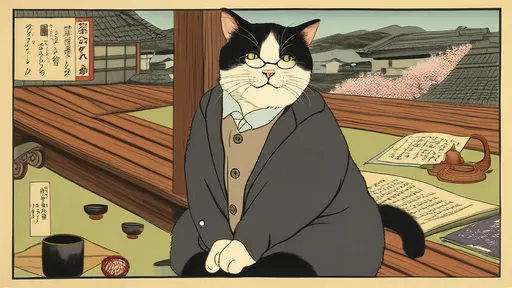
By /Jul 16, 2025
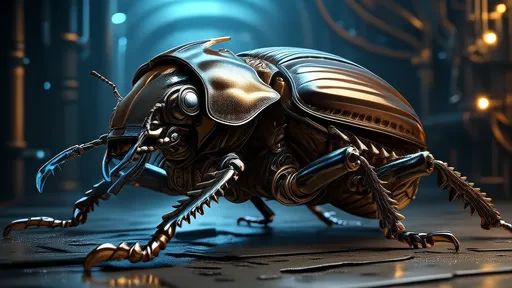
By /Jul 16, 2025

By /Jul 16, 2025

By /Jul 16, 2025

By /Jul 16, 2025
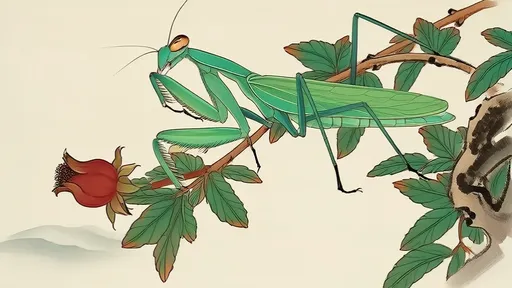
By /Jul 16, 2025
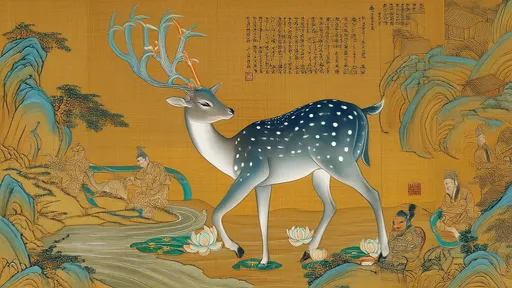
By /Jul 16, 2025
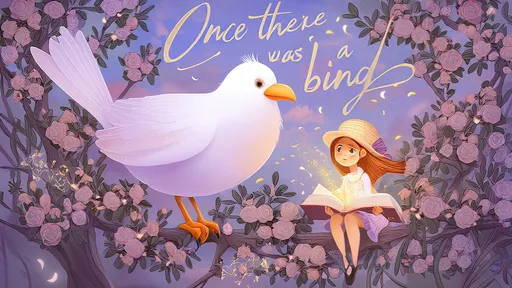
By /Jul 16, 2025

By /Jul 16, 2025
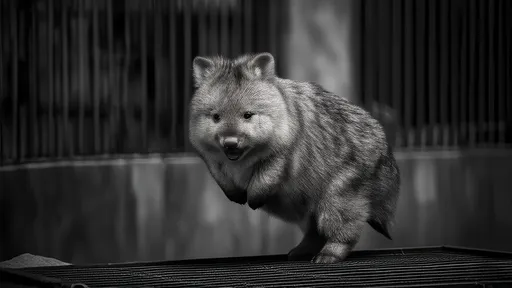
By /Jul 16, 2025

By /Jul 16, 2025

By /Jul 16, 2025